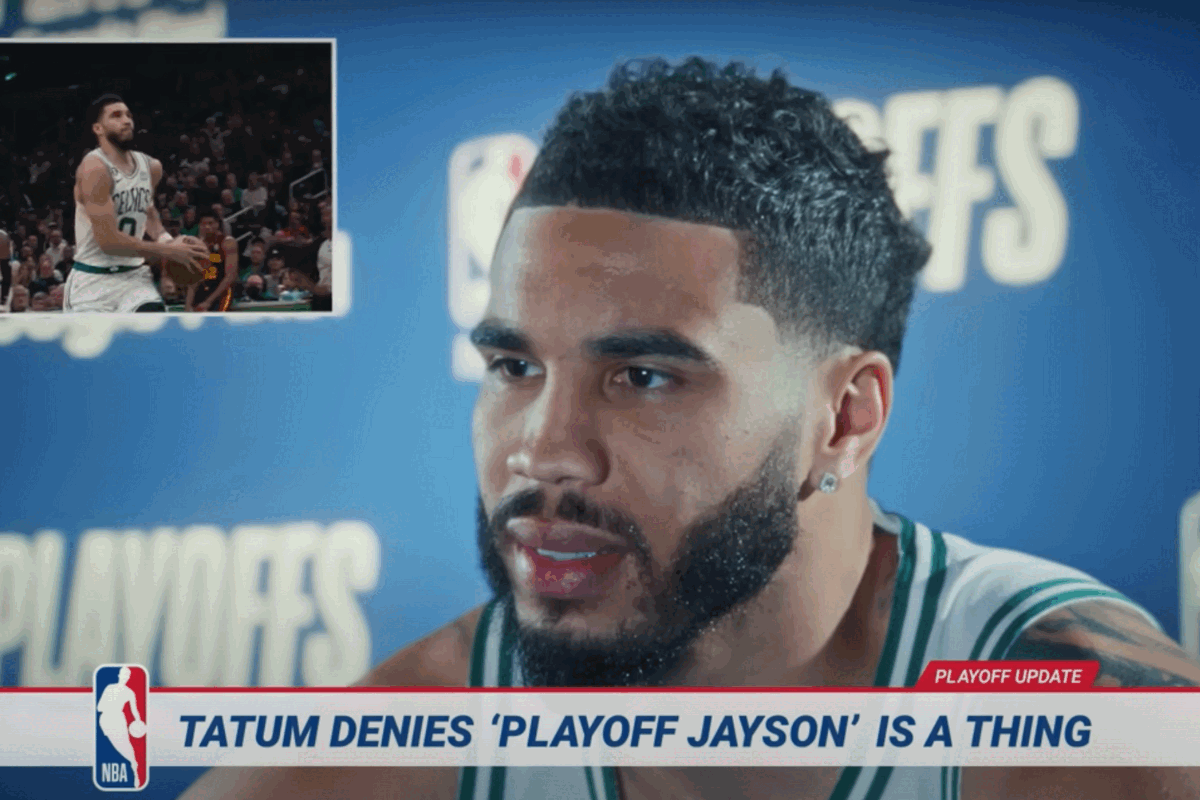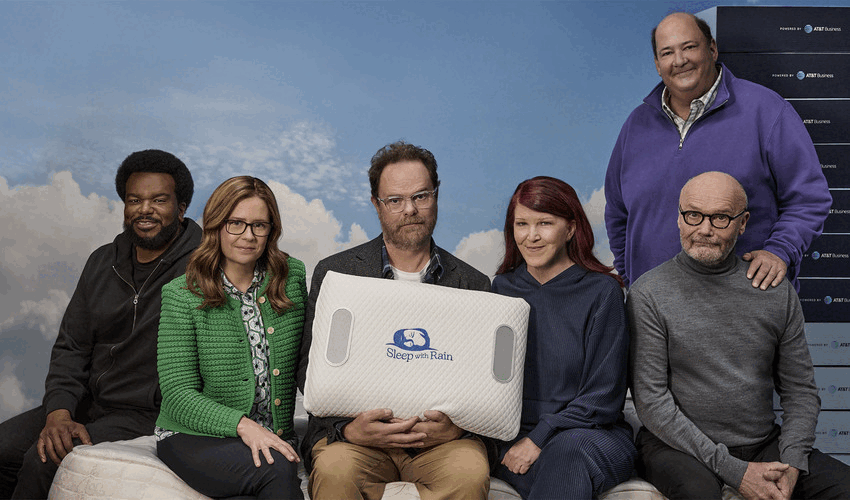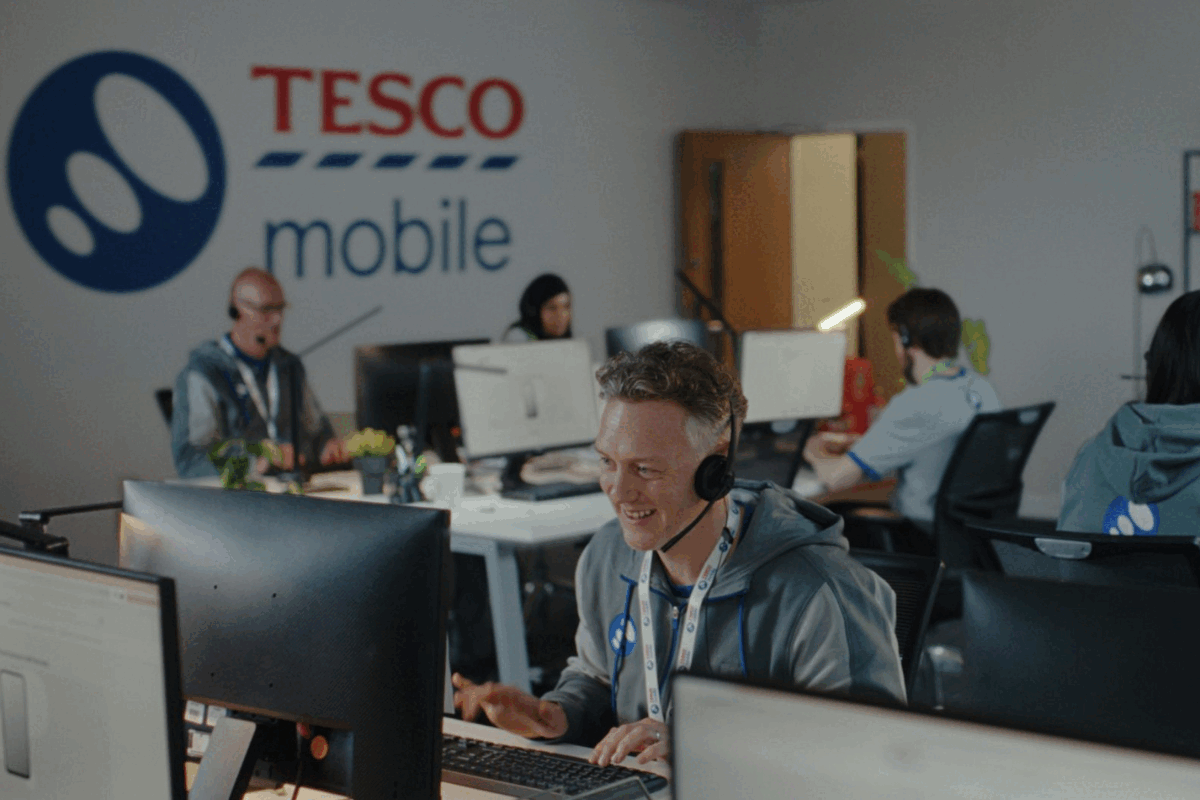Google I/O Announcements: Industry Reaction
- Thursday, May 28th, 2015
- Share this article:
 As always, the keynote speech at Googles I/O developer conference saw the company revealing the next wave of innovations we can expect from the search giant, with a new version of Android and Android Wear, the introduction of Android Pay, expanded capabilities for IoT and the Google Cardboard VR viewer, and much more.
As always, the keynote speech at Googles I/O developer conference saw the company revealing the next wave of innovations we can expect from the search giant, with a new version of Android and Android Wear, the introduction of Android Pay, expanded capabilities for IoT and the Google Cardboard VR viewer, and much more.
We reached out to industry experts to ask what they thought of the latest wave of Google products, and what impact we can expect them to have on the mobile marketing industry.
“Google I/O lacked the headline announcements of recent years but nonetheless underlined the companys ecosystem advantage by virtue of the Android installed based, user knowledge, machine learning and highly integrated services,” said Geoff Blaber, vice president for the Americas at CCS Insight. “Its increasingly clear that consumers are sleepwalking into a world where huge swathes of their personal data resides with Apple, Google or both. Todays announcements underlined that for both photos and the emerging Internet of Things segment.
“Android Wear remains firmly in early development phase. It may have 4000 native apps, but there is little to suggest its ready for mass market adoption. The updates to Android Wear are disappointing, as we had expected more given its a year since the platform was launched. That said, it does not bode well for broader smartwatch adoption and leaves Apple in a strong position to consolidate a strong leadership position with its Watch.”
One of the bigger announcements from the keynote was the news of Android Pay, a new mobile payment solution that will replace Google Wallet and has partnerships with major financial firms and retailers.
 “Google may have been first to offer mobile payments on a smartphone in 2011 with Google Wallet, but Android Pay represents a complete refresh of their strategy, opting to play nice with major payment networks and banks and focus their energy and design thinking on improving the consumers experience,” said John Haro, CTO of Vibes. “What Google showed us is the result of this focus and acknowledgement that reducing friction and removing roadblocks for the customer is critical to gain adoption.
“Google may have been first to offer mobile payments on a smartphone in 2011 with Google Wallet, but Android Pay represents a complete refresh of their strategy, opting to play nice with major payment networks and banks and focus their energy and design thinking on improving the consumers experience,” said John Haro, CTO of Vibes. “What Google showed us is the result of this focus and acknowledgement that reducing friction and removing roadblocks for the customer is critical to gain adoption.
“Including better support for fingerprint scanning will further improve this experience and bring it in line with what consumers on the iPhone are becoming accustomed to. The fact that there is some similarity in their approaches shows mobile payments are beginning to be standardised, and I think that this is rocket fuel for mobile wallet adoption in general.”
Among the smaller announcements from last night was the news that Google will start surfacing in-app pages in Google searches on iOS via the Chrome and Google apps. While it may not have drawn the headlines the same way Android Pay did, it has the potential to have a huge impact on the mobile web and how users discover content and apps.
“To stay relevant in an increasingly fragmented mobile ecosystem, Googles announcement represents a huge step forward for apps that are already installed on Apple devices,” said Lei Sun, CEO and founder of Yozio. “Its essentially freeing the information inside of apps so it is easily discoverable for users, an incredibly important function since people find products and content on Google through mobile web search.”
Also indicating a bridge between the Android and iOS systems was the news that the Google Cardboard app for augmented and virtual reality would be coming to iOS, offering iPhone users the chance at cut-price VR experiences.
“Googles announcement is a step closer to getting virtual reality into consumers hands and demonstrates how the physical and virtual worlds are colliding,” said Andrew Gilboy, vice president of EMEA for Demandware. “As this emerging technology breaks into the mainstream then it will become another tool for retailers that want to reinvent the purchasing experience and enable customers to reimagine a brand or product in new ways.
“Increasingly, virtual reality will be used to deliver fluid, highly relevant interactions that allow consumers to conveniently weave between physical and virtual shopping interactions as they move between different channels.”
 Finally, there was the news that Google will be expanding its Android One capabilities for consumers in emerging markets where connectivity can be unreliable or difficult to find, enabling users to take more content than ever offline, including YouTube and Google Maps.
Finally, there was the news that Google will be expanding its Android One capabilities for consumers in emerging markets where connectivity can be unreliable or difficult to find, enabling users to take more content than ever offline, including YouTube and Google Maps.
“Googles newly announced offline capabilities will bring more of the internet to content-hungry users in emerging markets who are currently held back by unreliable mobile networks,” said Marco Veremis, CEO of Upstream. “As the firm rightly points out, the next billion users are going to access the web through a smartphone, whether it is for entertainment, education or just for information.
“The new features in Googles apps are going to drive a thirst for content amongst consumers in emerging markets. Other app makers need to be thinking about their content distribution strategies now, so that they are ready to engage these consumers as they become full citizens of the internet.”
















